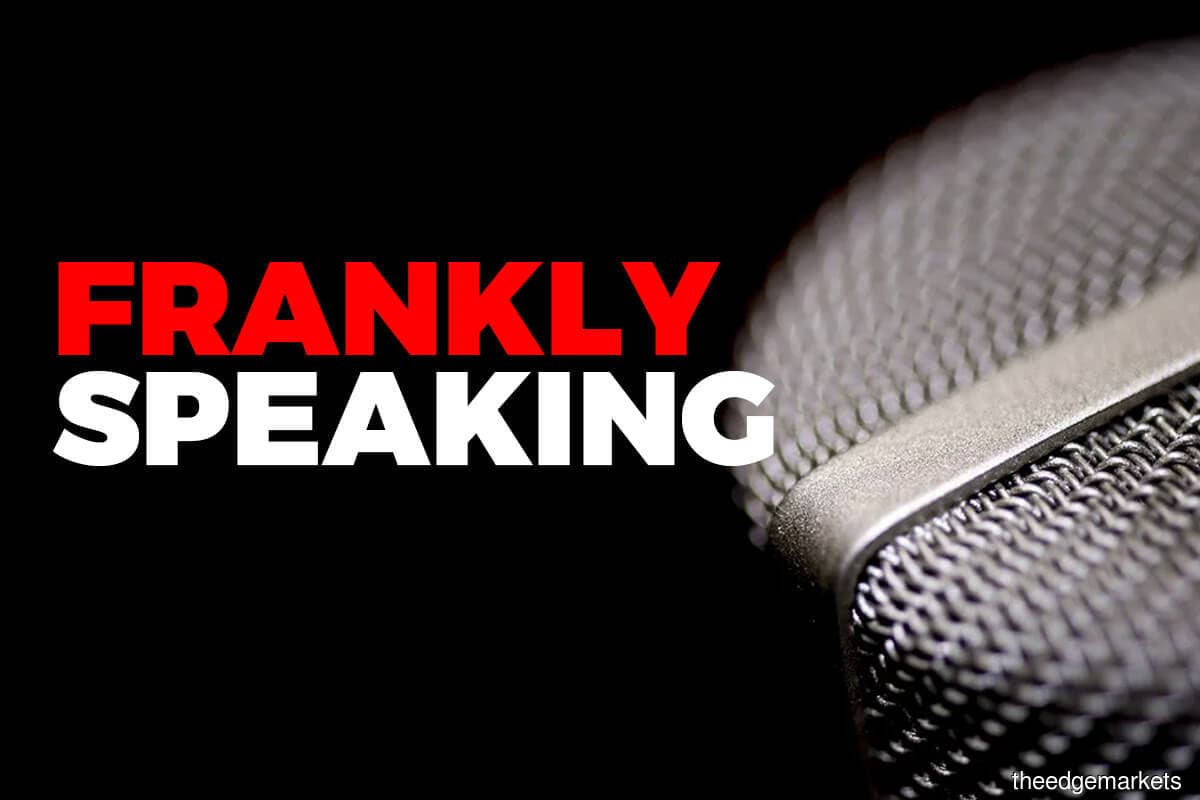
This article first appeared in The Edge Malaysia Weekly on October 25, 2021 - October 31, 2021
Since 2014, banks have generally shied away from funding oil and gas companies (O&G). The hardest hit are exploration and production companies, which are in the “high risk, high return” segment of the business.
In relation to this, it left Hibiscus Petroleum Bhd, an independent O&G exploration company, with little choice but to issue shares to raise money. Every year, the company issued shares for operations until it acquired its first operating asset in 2016.
The Anasuria oil field in the UK gave Hibiscus its first big break in terms of easing its operating cash flow. Two years later, it acquired an operating interest in the North Sabah field, which improved its operating cash flow.
Even after acquiring operating assets, Hibiscus was still dependent on issuance of shares from convertible instruments to fund its operations. The company, which was sitting on cash of RM173.9 million as at end-June this year, only managed to get a term loan of less than RM75 million.
That unsecured loan that carried a rate of 7.3% has been largely paid off.
Now, the company is seeking to raise five-year US dollar debt papers. Rating agencies such as Moody’s Investors Service and S&P Global Ratings have rated the company and assigned temporary ratings of “B1” and “B+” respectively.
The basis of the rating is hinged on Hibiscus completing the acquisition of Repsol assets for US$212.5 million (RM881.8 million).
The acquisition, when completed, will pave the way for Hibiscus to have more operating assets in Malaysia and its first exposure in Vietnam. According to S&P, it has assigned a temporary B+ on the debt papers on the ground that the Repsol assets would almost triple Hibiscus’ production and it would have a bigger portfolio of gas-producing assets.
Cost of equity is always more expensive than debt. Hence, it only makes sense for Hibiscus to tap the US dollar bond market. But what would the yield of its US dollar debt papers be? Will it be lower than the 7.3% it paid to get short-term loans from the banks?
Save by subscribing to us for your print and/or digital copy.
P/S: The Edge is also available on Apple's AppStore and Androids' Google Play.